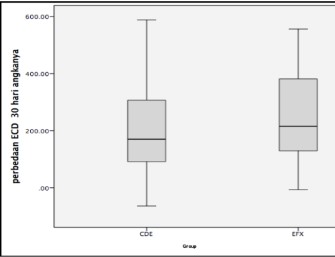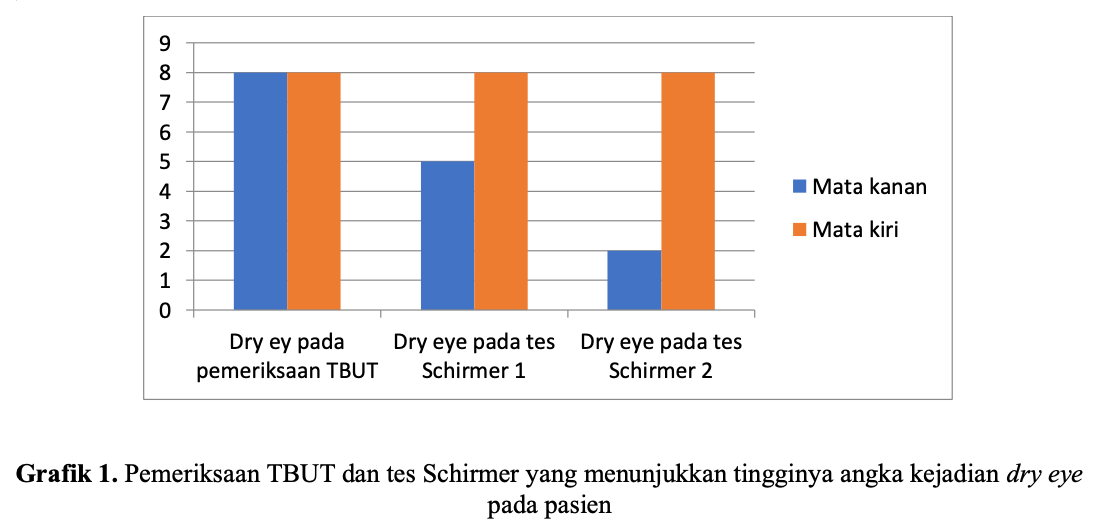OSDI Score Comparison between Sodium Hyaluronate, Carboxymethylcellulose and Polyvinylpirrolidone for Dry Eye in Medical Student during Online Learning Oral Presentation - Experimental Study - Ophthalmologist
Abstract
Abstract
Introduction & Objectives : Online learning during COVID pandemic increase medical students’ screen time. Prolonged screen time is known as a risk factor for dry eye. Health problems during online learning such as those induced by dry eye could affect students’ academic performance. This study aim to find the best solution for dry eye in medical student during online learning by comparing three artificial tears eye drops, namely sodium hyaluronate, carboxymethylcellulose and polyvinylpirrolidone.
Methods : This is an experimental study with 48 respondents divided into three treatment groups : sodium hyaluronate (SH), carboxymethylcellulose (CMC) and polyvinylpirrolidone (PVP). Each group consists of 16 respondents. Each respondents use their eyedrops six times daily in both eyes for two weeks. This study use Ocular Surface Disease Index questionnaire to evaluate dry eye. Data were analyzed using SPSS software, with p<0,05 is considered significant.
Results : In SH group, mean OSDI score before treatment were 37,52 and after treatment 13,84 (p=0,001). In CMC group, mean OSDI score before treatment were 35,28 and after treatment 12,54 (p=0,000). In PVP group mean OSDI score before treatment were 38,17 and after treatment 13,15 (p=0,000). No significant differences of OSDI score was found between groups before treatment and after treatment (p=0,237).
Conclusion : Sodium hyaluronate, carboxymethylcellulose and polyvinylpirrolidone eye drops could similiary improve dry eye symptoms significantly as measured by OSDI score in medical students during online learning.
Full text article
References
(-)
Authors

This work is licensed under a Creative Commons Attribution-NonCommercial-ShareAlike 4.0 International License.



